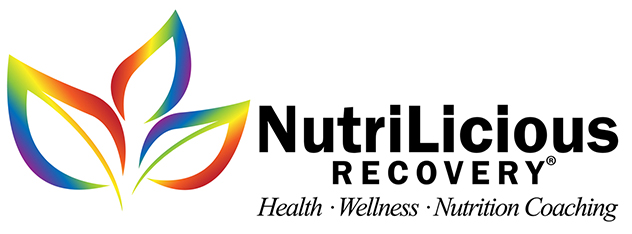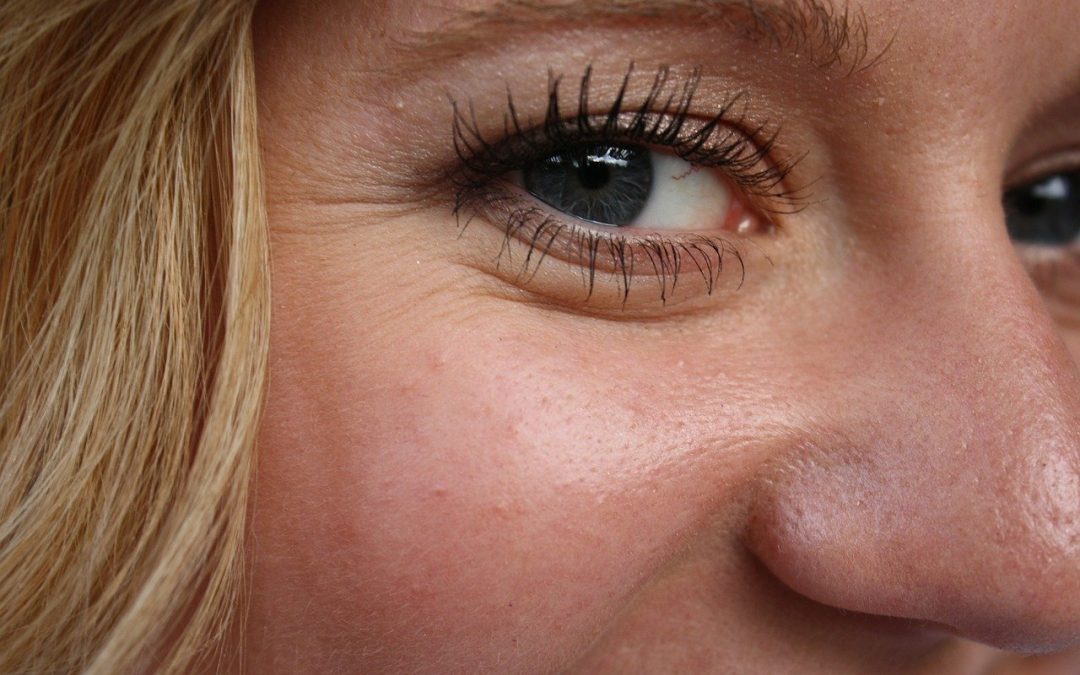
by dnshah | Mar 6, 2020 | Age Defying
There is no “Fountain of Youth” although I’ve talked about many things that seem to come close to repairing the damage of time. Today I want to talk about wrinkles. The beauty industry spends over $17 billion for anti-aging products. People spend hundreds of dollars each month on products to restore aging skin, some of which cause more harm than good. These products work to improve aging effects from the outside-in; but maybe… more effective long-term alternatives to these products can be achieved with natural strategies. These strategies don’t have to cost us hundreds of dollars each month, instead they are lifestyle changes that improve our appearance as well as overall health.
Some key strategies include:
- Eat more healthy fats, vegetables, and antioxidants – reduces wrinkles
- Eat Aloe – Increases collagen and improves wrinkles
- Quit Smoking – The average reduction in their biological age was an amazing 13 years
- Supplement Red Ginseng Extract – Increases collagen and improves wrinkles
- Supplement Pine Bark Extract – Improves photo-aged facial skin
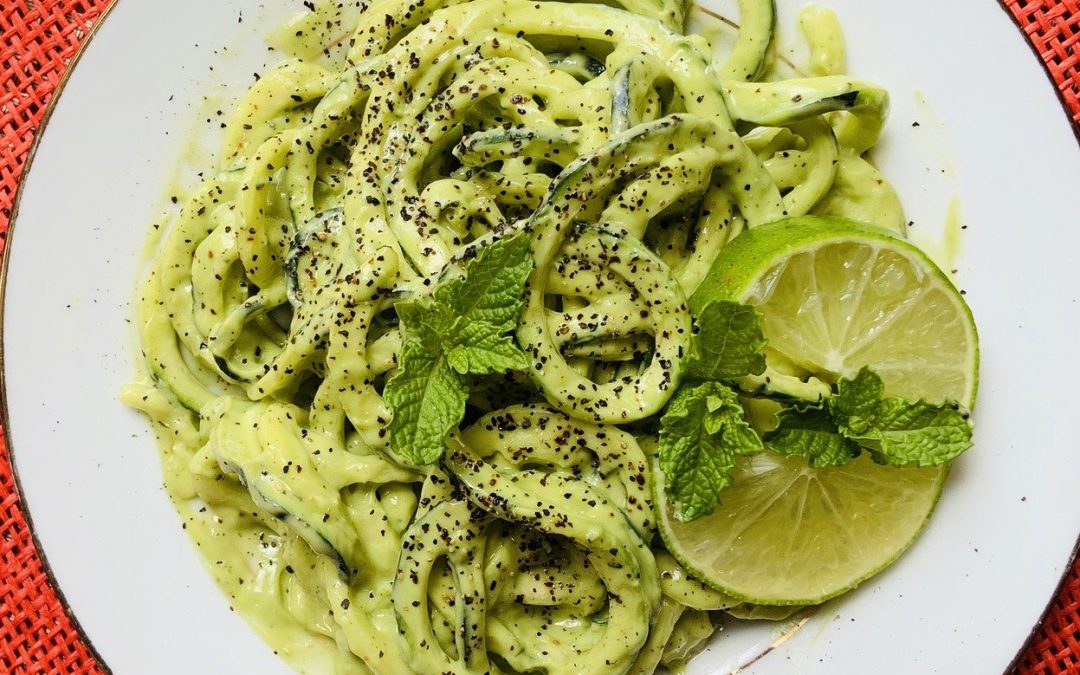
by dnshah | Dec 1, 2019 | Age Defying, Diet and Weight Loss, Health and Wellness Tips, Obesity
Carbohydrates have almost become a dirty word in today’s healthy minded dieters. But… carbohydrates are necessary to life and a key to health and wellness. So let’s let the truth about carbs come out of the closet.
First and foremost, carbohydrates exist in almost everything we eat (fruits, vegetables, grains, beans, etc.) Processed carbs are not as healthy as unprocessed ones. Some processed carbs have their fiber and nutrients stripped away. Stripped carbs (wheat, corn, rice) release sugar quickly and trigger blood sugar fluctuations. They also don’t sustain energy for the brain. On the other hand, intact carbs (fruits, vegetables, & other whole carbs) have fiber and slow digestion, creating a lasting energy source for the brain and body.
Filling the body with stripped carbs (white pasta, pastries, & breads) increases the risk of health issues like heart disease and diabetes. They are the “bad” carbs. But, there is another class of carbs that are the key to health. The intact carbs (have fiber) provide key nutrients in a slower digestible form and satisfy hunger. In fact, looking globally for the countries with the lowest diabetes, we see carbs front and center in those diets. So not all carbs are bad – but the stripped ones are.
Challenge yourself to avoid stripped carbs and embrace intact ones. In this way you can satisfy your cravings and hunger while loading up on maximum nutrition.
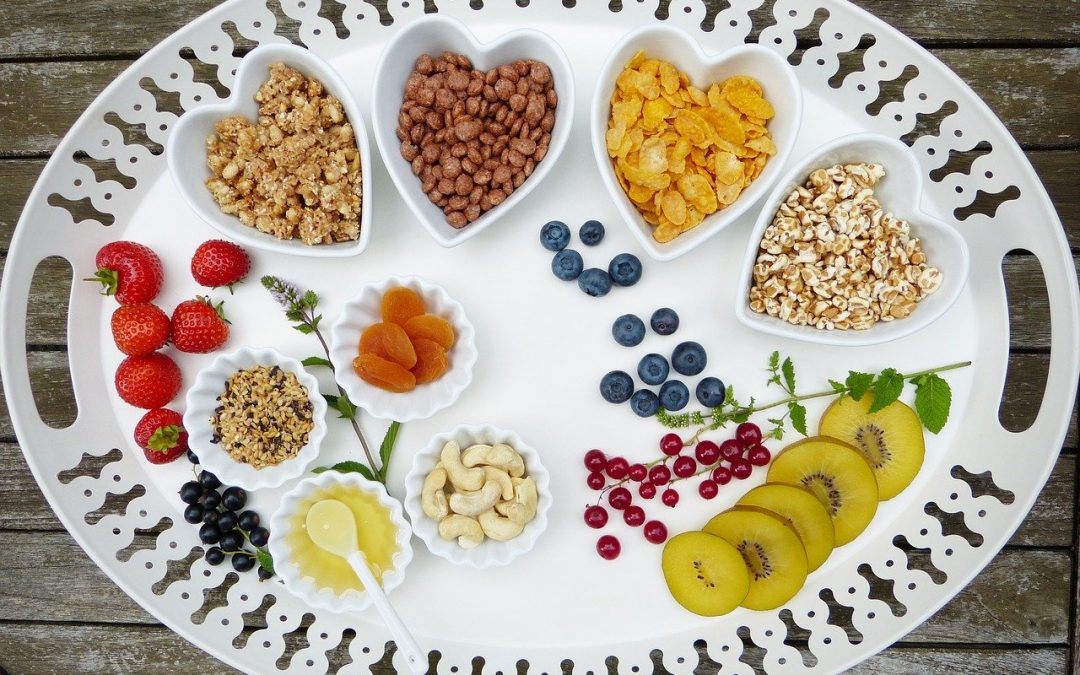
by dnshah | Dec 1, 2019 | Age Defying, Diet and Weight Loss, Health and Wellness Tips
No one changes habits overnight, instead it’s always a journey of conscious purpose. Many people want successful change, but aren’t sure how to build themselves up for success. I always start with information. What are the goals? Why? How motivated are individuals to reach those goals. Three simple questions, but they are so necessary to answer to form the foundation, motivation, and execution of change.
The other necessary awareness is what to expect during the journey. There are five phases of change. Not everyone takes time to experience all 5, but most successful people do.
- Phase 1. One change at a time. If you want to eat more plant-based for example, you can think about eating ONE plant-based meal/week at first. Many people try out “meatless Mondays” for example. During this process you will explore and learn how to make various plant-based meals. Some will be “keepers,” and repeated. After enough “keeper” meals are accumulated, you will find it easier to upgrade to ONE plant-based meal/day. In this way the goal is reached in a slow gradual process ensuring an easier journey and more success.
- Phase 2. Begin at home. If you want to eliminate dairy from your diet for example, you can begin this practice at home where you have more control over ingredients and meal planning. But when you are out, you will choose to eat what is available. By making this small commitment at home, you will begin to acclimate to non-dairy foods, experiment with alternatives, and be more successful when you want to expand the commitment to non-dairy at home and out.
- Phase 3. Peer Pressure. When you change eating habits, others around you at social events may reject that change; or they may experience an inconvenience in preparing a special meal, they may not believe there is a valid reason for you to change your eating habits. They may feel your new habits interfere with their normal eating routine or challenge their beliefs on health. They may want you to bring your own food. Regardless of this push-back, remember that you have chosen to do something good for yourself, and stay on track. Expect some questions or push-back, and be prepared to explain that you are trying to eat healthier, or the doctor has asked you to be on a special diet for good reason. When your friends and family see consistency, they will surprise you with acceptance… or they may just join you on the journey to better health!
- Phase 4. Crowding out with transition foods. Once you reach this phase, you are ready for a full commitment, and want to do it; but may need a little push. Transition foods allow that little push to keep you going. Let’s say you are eliminating all processed sugars for example. You can still use some stevia or equal or a healthy blend of sweet fruits to substitute for sugar. In this way, you can reach your goal of 24/7 no refined sugars.
- Phase 5. 24/7 commitment. Using the sugar elimination example….continuing to consume extra sweetened foods can be a great transition to reach goals; but at some point, we want to stop using crutches. By continuing to eat extra sweetened foods, you are not allowing your taste buds to re-acclimate to foods with less sugar. And when friends/family see you eating a little sweetener here and there, it becomes more difficult to stick to healthier foods when socializing with them. They can’t take it seriously because you… yourself… are not taking it 100% seriously. So goals are made to be reached, so you must strive and believe that you will reach 100% compliance, AND there is a reward to achieve once you get there. Sometimes it is a make or break achievement if you never push yourself to 100% compliance – a time for transition foods to begin to disappear. As your taste buds acclimate, the craving for transition foods also disappears.
- Phase 5. Social embracement. When your friends and family sees the consistent new habits, they will become more familiar with your eating routine. They will begin to embrace your decisions, and this is when they will look for positive effects of your new eating routine. Upon seeing those, that is when some of them will try and explore new eating routines for themselves. This step is very important as you will now be impacting positive change in others. Sometimes all people need to see is a trailblazer to show them that it can be done… and yes, they can too!
- Phase 6. Second Nature. This is the final phase when your new eating habits become second nature to you AND those around you. This is the phase when you will see and feel the rewards of your new way of life. You may see improved health, physical appearance, and outlook. You will now be viewed as a successful person because you completed a difficult journey, with expert proficiency. And the results speak for themselves. Enjoy the ride on this phase…. It is the reward you have been seeking for your entire journey.

by dnshah | Dec 1, 2019 | Age Defying, Diet and Weight Loss, Health and Wellness Tips
Soy is very controversial – some won’t touch it, and others swear by its benefits. I don’t understand how this nutritious powerhouse got its bad reputation, so let’s uncover some truths about it.
Soy is a good source of protein, B vitamins, fiber, and minerals like potassium, calcium, and magnesium. It is one of the few plant-based complete protein, and is highly versatile, and can be cooked, fermented, & cultured to create more dishes and ingredients.
Soy & GMO?
Not all soy is a GMO, most soy food manufacturers use non-GMO organic soy. Most GMO in the U.S. is fed to livestock. By law all “organic” products in the U.S. exclude GMOs. If this is a concern for you, just make sure to choose organic soy products to ensure you are buying non-GMO soy.
Soy & Breast Cancer Links?
Because soy contains phytoestrogens, there are some concerns the phytoestrogens behave exactly like estrogens and stimulate tumors in breast tissue. But a phytoestrogen is not estrogen. And current research indicates soy decreases cancer risks, and lowers cancer recurrence rates.
- The Shanghai Women’s Health Study which followed 73,223 Chinese women for more than 7 years has been the largest and most detailed study of soy and breast cancer risk in a population with high soy consumption. In this study, women who ate the most soy had a 59% lower risk of premenopausal breast cancer compared with those who ate the lowest amounts of soy.
- Low soy consumption (vs high) helps too. Another research study suggests that women who have one serving of soymilk or tofu daily are 30 percent less likely to develop breast cancer.
- In another studywomen who ate more soy had 29 percent lower mortality rates and 36 percent lower recurrence rates.
- Further researchshows that the increased survival rate and decreased risk of cancer recurrence may be due to soy phytoestrogens’ effect on BRCA and other breast cancer genes (turning those tumor suppressor genes back “on”.)
Soy & Prostate Cancer Links?
Does soy decrease testosterone in men and eventually lead to prostate cancer? A meta-analysis shows that soy does not affect testosterone levels in men. In fact an analysis of 14 studies shows that an increased intake of soy actually reduced the risk of prostate cancer by 25%-30% depending on which soy products were consumed.
Recommended Forms & Quantities
Recommended forms are the ones less processed and fermented. Various forms of whole soy products include edamame and roasted soy-nuts. Minimally processed forms includes tofu and soymilk. Fermented products include tempeh, natto, and miso. Highly processed products include soy protein concentrates or isolates, soy cheese, and meat substitutes.
Like any food, I always advise moderation. For those that have thyroid or sensitivity issues, I advise a 4oz limitation daily. That’s enough to splash your tea or coffee once/day or have a few bites of tofu or soy nuts. For all others, the standard recommendation is 3 servings/day of whole or minimally processed organic soy.
A special note to menopausal women, the 4oz limit /day does seem to keep the menopausal symptoms at bay.
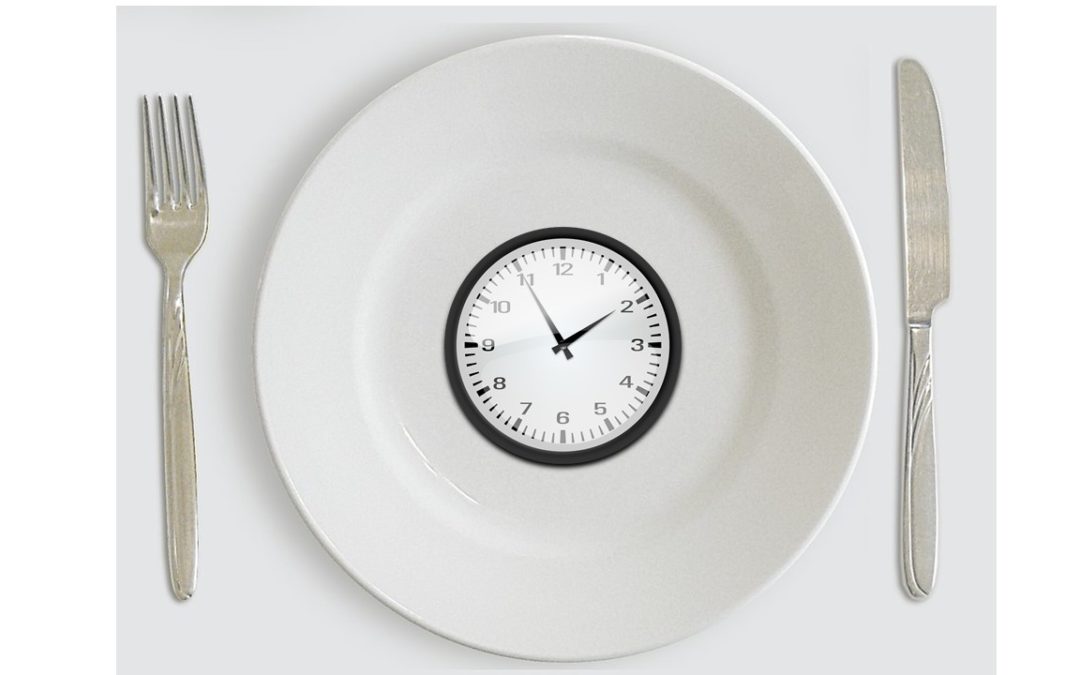
by dnshah | Sep 13, 2019 | Age Defying, Diet and Weight Loss, Health and Wellness Tips, Stress Management
Previously I have discussed the benefits of intermittent fasting, but haven’t yet discussed the experience of fasting. There are many different ways of fasting (refraining from consuming any food for a specified time frame):
- Fasting every other day
- Fasting one day/week
- 12-hour fast (8pm-8am)
- 16-hour fast (8pm-12pm)
Benefits range from improved cognitive function to increased longevity. But how do you manage hunger pangs and cravings? What does it feel like to literally starve? What is normal, and what is above and beyond your capacity? Here are some common questions, and answers based on my experiences.
- Can anyone fast? Fasting has been done for hundreds (maybe thousands) of years. But it is not for everyone. People that are malnourished, women that are missing monthly periods, women with bad PMS, pregnant or nursing women, or people with hormone issues should not try out fasting. Additionally if you are on medications, you need to check with your doctor and ensure the medications/dosages will not be affected by your fast.
- Are you always hungry on a fast? Initially when you change your eating habits – it’s normal to feel hungry if you reduce the amount of food you usually eat. It takes some discipline or motivation to do it at the beginning. But once you get into that routine, then you don’t feel the hunger nor get cravings.
- What’s the best preparation work to help start a fast? Get rid of the sugar 2-3 weeks before you begin a new diet involving fasting. It helps stop the blood-sugar fluctuations which make fasting difficult.
- How should I start an intermittent fast? First, reduce sugars from your diet in general. Then start slow by not eating after 8pm. After a few weeks, don’t eat before 8am and continue this 12 hours fast for several weeks. Track your energy, mood, and overall wellness. Then if you desire more, select a few days/week to try a 16 hour fast (12pm – 8pm). Again track your energy, mood, sleep patterns, and make sure the fast is benefitting you.
NOTE: it takes 8 weeks for a new habit to become routine.
NOTE: If you feel dizziness or start experiencing any other worrisome symptoms, stop fasting and consult with your health practitioner.
Fasting can be part of any of our clean eating events, so if your doctor okays you for trying it out… join us on our next clean eating event in November! There is plenty of time for preparations, and shopping, and even getting a few friends to join you!

by dnshah | Sep 5, 2019 | Age Defying, Diet and Weight Loss, Health and Wellness Tips, Stress Management
With the exception of raw vegans, most of us eat cooked foods. Heat can destroy nutrients; but sometimes it will softening food tissue making the nutrition more bio-available. Research shows that cooking definitely changes the nutrient and antioxidant values of foods, so what is the best way to cook our foods to preserve as much nutrition as possible?
Looking at nutrition values of foods that are raw, steamed, microwaved, boiled; steaming is considered the best cooking method to preserve nutrition because food’s not water-dunked enabling leaching of nutrients in water nor cooked at excessive temperatures causing negative chemical changes. Microwaving came in second previously. But with new cooking technologies and tools (like the instant pot – pressure cooker), we have to consider if this beats steaming.
So for most food, the longer you cook it, the more antioxidants you can lose. So if you can cook food faster without higher temperatures, theoretically you can preserve the most antioxidants.
- With dried beans/legumes, it’s a no-brainer. Studies show the antioxidant levels of black beans, for example, are 6 times higher for pressure cooking 15 minutes vs. boiling for 1 hour. 3 of 17 amino acids (lysine, cysteine, and arginine) were significantly reduced.
- With vegetables, research showed that cooking did not significantly decrease the phytonutrient content, and it generally increases antioxidant values. Sautéing and pressure-cooking had the strongest values and so similar that they tie for first place, followed closely by boiling. With vegetables however, there was a significant loss of certain amino acids by pressure-cooking vs. blanching. Two out of 17 amino acids (lysine & arginine) were generally reduced in the vegetables.
- With greens, pressure cooking is the best overall, with steaming at #2 with higher ORAC than boiling. How does one pressure cook greens and still have something to eat when it’s all over? Michael Greger’s method to put a layer of water down at the bottom of an electric pressure cooker, drop in a metal steaming basket on top, and then put the greens in and steam under pressure for zero minutes so it shuts off as soon as it reaches the cooking pressure. Then quick release valve it immediately to release the steam. Voila! The greens turn out perfect—bright & tender.
In summary, the instant pot is gaining fame among most health practitioners as a preferred method of cooking plant-based proteins, vegetables, and greens. The only negative thing I found was a decrease of a few amino acids, of which lysine es the only essential amino acid. Lysine is important for supporting a healthy immune system and for boosting athletic performance. Animal-proteins are the well-known sources but since most cooking methods will decrease the value of it, we’ll look at plant-based foods that we may not have to cook. Lysine can be found in dried apricots, avocados, mangoes, beets, leeks, tomatoes, pears, green & red peppers, soy milk, pumpkin seeds, pistachios, cashews, macadamia nuts, yogurt, cheese, butter, and milk.
My life with an instant pot began about a year ago, and it’s been bliss ever since. It’s great for cooking dried beans, lentils, dals, legumes, grains like rice or quinoa, or cultures like yogurts, or soups, or one-dish meals. The best bit is that you can schedule when it should cook your food, so if you’re going to be gone all day, you can fill it and schedule when it should start/finish.

